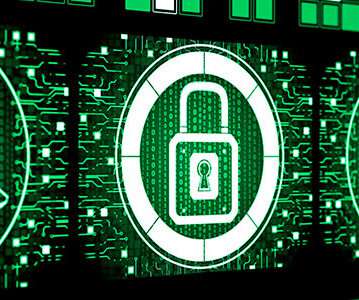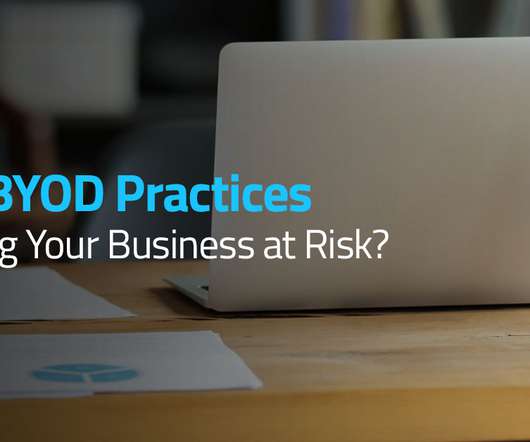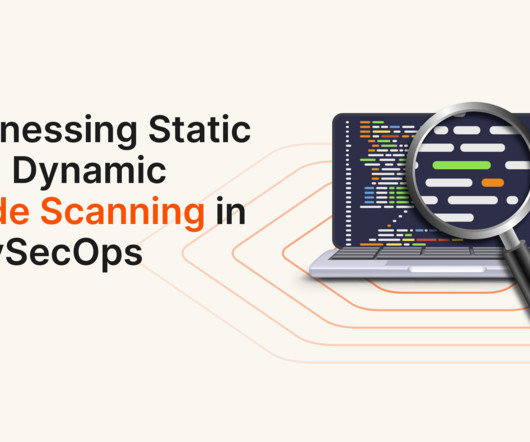Take this cybersecurity preparedness quiz to test your IT security smarts
Online Computers
NOVEMBER 23, 2021
Organizations must maintain good cyber hygiene by following policies and procedures on data confidentiality, password management and multifactor authentication, social engineering attempts, permissible access and use, and bring your own device setups. Take this quiz to find out if you’re prepared to handle myriad IT security incidents.











Let's personalize your content